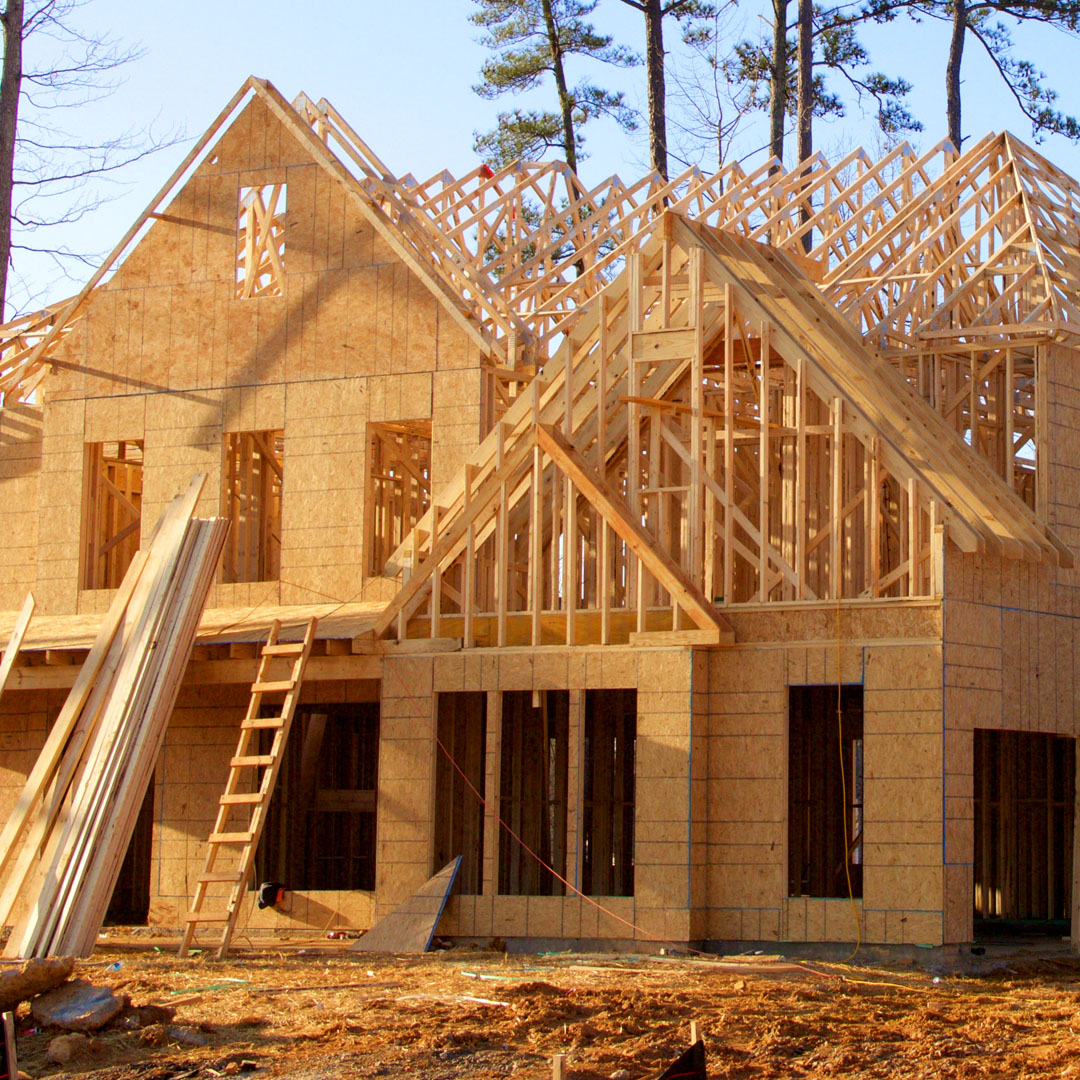Embark on the exciting journey of building your dream home with Aguilar Construction’s essential guide to new construction. This handbook simplifies the complex process, offering practical insights for those considering a construction project.
Understanding New Construction
Undertaking a new construction project involves creating a structure from scratch, offering the opportunity to shape your ideal living or working space. Here’s a breakdown of what new construction entails:
- Definition: New construction refers to the process of building a structure on a vacant plot of land or demolishing an existing structure to make way for a new one.
- Blank Canvas: Unlike renovations, new construction offers a blank canvas, allowing you to design and customize every aspect of the building to meet your specific needs and preferences.
- Zoning Regulations: Gain insights into local zoning regulations governing land use, density, and building codes to ensure compliance with legal requirements.
- Permitting Process: Understand the permitting process, which involves obtaining the necessary approvals from local authorities before commencing construction.
- Site Analysis: Conduct a thorough site analysis to assess factors such as soil composition, drainage, and topography, influencing the design and foundation of the new structure.
Embarking on new construction provides the unique opportunity to bring your vision to life, from conceptualization to the realization of a brand-new space tailored to your individual requirements.
Planning Your Dream Home
Before the first brick is laid, meticulous planning is the cornerstone of turning your dream home into a tangible reality. Here are essential steps and considerations when planning your dream home:
- Envisioning Your Space: Begin by visualizing your ideal living or working space. Consider the architectural style, layout, and features that align with your lifestyle and preferences.
- Setting a Budget: Establish a realistic budget by factoring in construction costs, permits, and potential contingencies. This ensures that your project stays financially viable throughout the entire construction process.
- Developing a Timeline: Create a detailed timeline outlining the various phases of construction. This includes design development, obtaining permits, construction commencement, and projected completion. A well-structured timeline helps manage expectations and ensures a smooth construction process.
- Comprehensive Design: Collaborate with architects and designers to translate your ideas into a comprehensive design. This involves floor plans, elevations, and other architectural details that bring your vision to life.
- Material Selection: Explore material options for various aspects of construction, including flooring, roofing, and finishes. Consider factors such as durability, aesthetics, and sustainability to make informed decisions.
Planning your dream home involves a thoughtful and strategic approach. By addressing these key considerations, you set the stage for a successful construction project that reflects your vision and meets your expectations.
Selecting the Right Contractor
Choosing the right contractor is a pivotal decision that significantly impacts the success of your new construction project. Here are key considerations and tips to guide you in selecting the ideal construction partner:
- Evaluate Experience: Look for contractors with a proven track record in new construction. Assess their experience in handling projects similar to yours, emphasizing expertise in the type of property (residential or commercial) you plan to build.
- Check Credentials: Verify the contractor’s credentials, including licenses, certifications, and insurance. A reputable contractor should be fully licensed to operate in your area and carry adequate insurance to cover any potential liabilities.
- Client References: Request and check references from past clients. This provides valuable insights into the contractor’s professionalism, communication, and ability to deliver projects on time and within budget.
- Transparent Communication: Choose a contractor who communicates transparently. Effective communication ensures that you are informed about project progress, potential challenges, and any adjustments needed along the way.
- Quality of Work: Review the contractor’s portfolio to assess the quality of their work. This includes the use of materials, attention to detail, and overall craftsmanship. A contractor with a strong commitment to quality ensures that your construction meets the highest standards.
Selecting the right contractor is a critical step in ensuring the success of your new construction project. By considering these factors, you lay the foundation for a collaborative and successful partnership.
Navigating the Construction Process
Understanding the construction process is essential for a smooth and successful new construction project. Here’s a breakdown of key stages and considerations to guide you through the construction journey:
- Groundbreaking Ceremony: The project kicks off with a groundbreaking ceremony, symbolizing the commencement of construction. This event marks the beginning of the physical work on your new property.
- Foundation Construction: The foundation is laid, providing a stable base for the entire structure. This phase involves excavation, foundation framing, and concrete pouring to create the groundwork for your dream home or commercial building.
- Framing and Structural Work: Once the foundation is in place, the framing begins. This includes erecting the structural framework of the building, defining its shape and supporting elements. Structural work involves the installation of beams, columns, and load-bearing walls.
- Enclosure and Exterior Finishing: With the structure in place, the building is enclosed to protect it from the elements. This phase includes roofing, exterior wall installation, and window placement. Exterior finishing touches, such as siding and architectural details, are added to enhance aesthetics.
- Interior Construction: The focus shifts to interior spaces, encompassing plumbing, electrical work, insulation, and drywall installation. This phase brings the building to life, shaping rooms, and defining functional areas.
- Final Touches and Inspections: As construction nears completion, final touches such as flooring, painting, and fixture installations are undertaken. Comprehensive inspections ensure that the construction meets building codes and quality standards.
Navigating the construction process involves a series of well-coordinated steps, each contributing to the realization of your vision. Understanding these stages empowers you to actively participate in the construction journey, ensuring that every aspect aligns with your expectations.
Conclusion: Building Your Dreams with Aguilar Construction
Initiating the journey of new construction with Aguilar Construction goes beyond erecting structures; it’s about actualizing your vision. From understanding the nuances of creating on a blank canvas to meticulous planning, selecting the right contractor, and navigating the construction process, each step ensures a seamless experience. With over two decades of expertise, Aguilar Construction stands as your reliable partner, bringing unmatched craftsmanship to every project. Envision your dream home or commercial space, relying on the legacy of excellence that Aguilar Construction upholds, guaranteeing your construction journey is guided with confidence, culminating in the tangible realization of your dreams. Contact us today to commence this transformative experience, building with assurance, and witnessing your dreams come to life.



